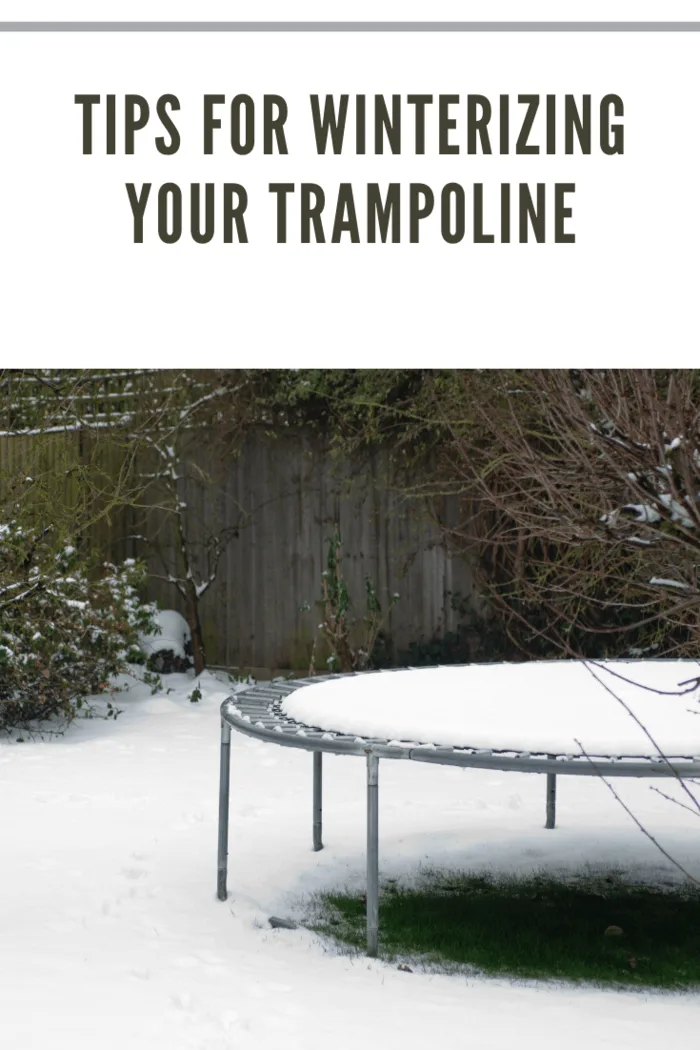Trampolines are a fun, exciting addition to any backyard, but they require special care. In some extreme climates, it’s prudent to winterize your trampoline (Live Strong) to ensure its safety and longevity. Here are a few tips to help prepare your trampoline for nearly any kind of winter weather.

Preparing for Snow
Snow may seem harmless, but cold temperatures or too much snow can damage the components or over-stretch the trampoline springs. One possible option to protect it is to disassemble the trampoline and store it indoors (or at least out of the elements) for the winter. If this is not practical, you can prepare your trampoline for cold weather and snow by removing the frame and spring pads. Trampoline covers might be an appropriate protective option in some areas, but they may cause condensation buildup leading to mildew, so check your manufacturer’s recommendations. After a snowstorm, clear off snow on the trampoline to ensure the integrity of the components. When spring comes, inspect the trampoline before use, checking for wear and tear. Be sure to repair or replace any worn parts; trampoline replacement mats, frame pieces, or springs should be purchased if the damage is discovered.
Preparing for Rain
Rain is not always an issue for trampolines since the trampoline mat allows water to pass through easily. However, if your area experiences particularly heavy rainfall, it may be appropriate to remove nets and pads to prevent them from becoming saturated. If you elect to use your trampoline during a wet winter, reaffix any pads and nets to the trampoline and be sure to dry the trampoline pad before use fully.
Preparing for High Wind
Suppose you live in an area experiencing seasonal high wind. In that case, you should consider anchoring your trampoline to keep it from tipping over and incurring damage to the trampoline itself or surrounding areas and also to prevent it from becoming a general safety hazard. Special anchor kits can be purchased, or other appropriately sized stakes may be used for this purpose. Another option is to partially bury the trampoline poles, which will help secure the trampoline. After any high windstorm, be sure to inspect the trampoline for damage.
Preparing your trampoline for extreme weather may take some planning, but a small investment of time will have an excellent payout regarding increased trampoline durability and safety. Protection from the elements will ensure that your trampoline is safe and fun for your family for many years.
